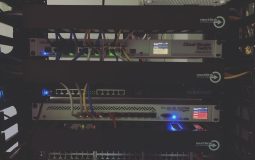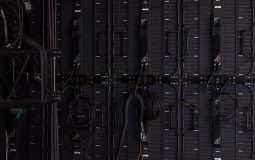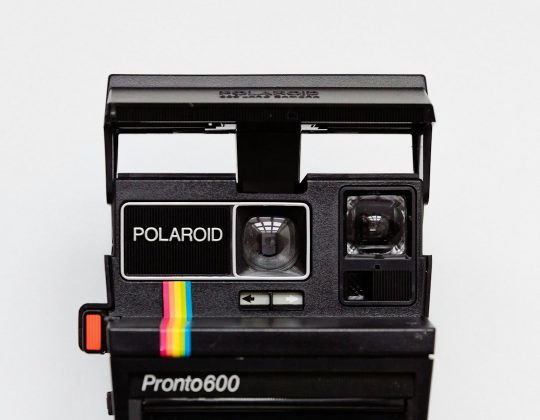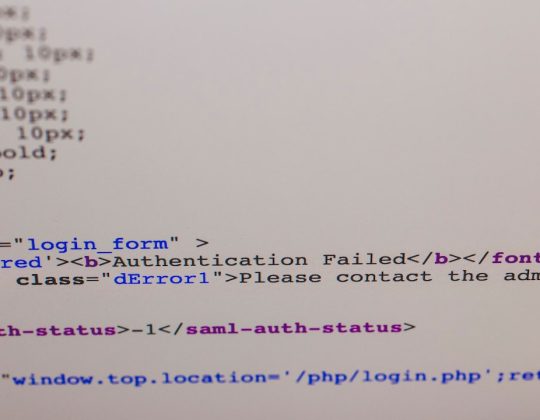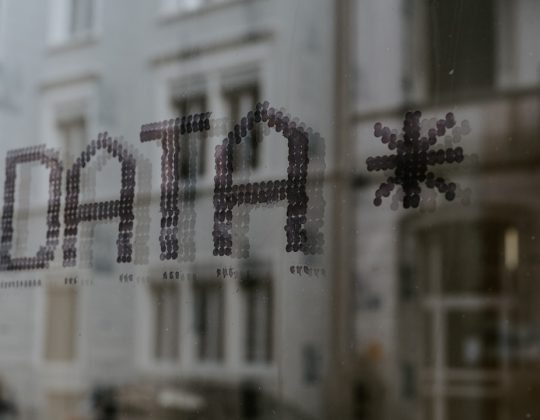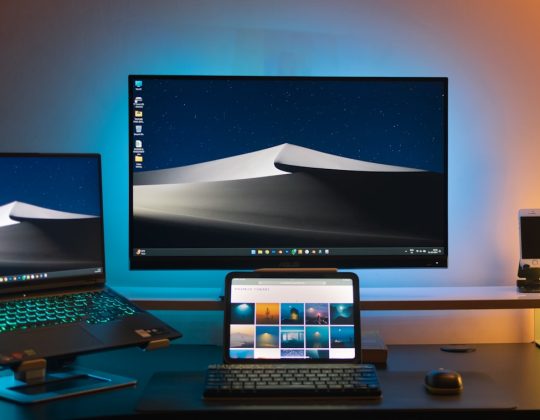In an age where information travels at lightning speed, distinguishing between real and fake content has become increasingly challenging. One of the most dangerous tools in the arsenal of misinformation is the DeepFake — a synthetic media technology that uses artificial intelligence to alter or fabricate visual and audio content to make it look real. Detecting these deceptive creations is more critical than ever in preserving truth and trust.
Whether used for satire, malicious falsehoods, or even manipulation in politics, DeepFakes can be unsettlingly realistic. Thankfully, there are ways to spot the clues. Here’s a practical guide to recognizing DeepFakes and staying informed in the digital era.
What Are DeepFakes?
DeepFakes are media—videos, audio recordings, or images—that have been altered using deep learning techniques, particularly generative adversarial networks (GANs). These AI-driven systems can swap faces, mimic voices, and synthesize entire identities with astonishing precision. While the technology holds some positive promise in entertainment and accessibility, it also opens doors for abuse, making media literacy more important than ever.
Clues to Detect a DeepFake
While DeepFakes are becoming increasingly sophisticated, there are still a few telltale signs that can help you separate fiction from fact:
- Unnatural Facial Movements: Watch closely for mismatched facial expressions, faulty blinking, or unnatural lip-syncing. The AI may struggle with subtle, spontaneous facial behaviors.
- Inconsistent Lighting: DeepFakes often have difficulty generating shadows and lighting that behave naturally across a subject’s face and background.
- Distorted or Flickering Edges: Check the outline of the face or head. Flickering edges, blurred patches, or “melting” visuals can be obvious clues.
- Strange Audio Quality: Audio in a DeepFake might sound robotic, poorly synced with the video, or edited unevenly.
- Unnatural Eye Movements: Human eyes rarely stay still for long. DeepFakes sometimes feature subjects with limited or stiff eye movement.
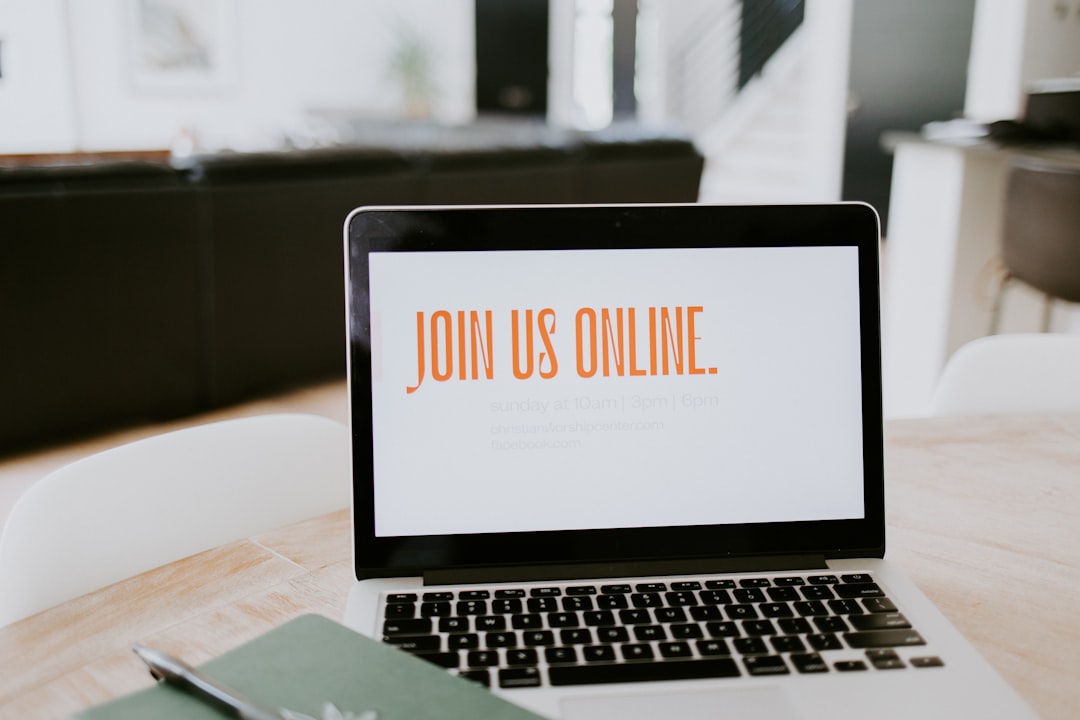 deepfake face video detection
deepfake face video detection
How to Verify Authenticity
Suspect a video or audio clip might be fake? Take these steps to verify its authenticity:
- Research the Source: Who originally published the content? Rely on reputable media organizations and cross-reference with other sources.
- Look for Context: A clipped 10-second video might tell a very different story from its full version. Try to find the original, full-length version of the content.
- Use Detection Tools: Several available online tools and platforms can analyze media for signs of manipulation. Examples include Microsoft’s Video Authenticator and Deepware Scanner.
- Check Metadata: Whenever possible, inspect image or video metadata for inconsistencies or signs of editing.
The Role of AI in Fighting DeepFakes
Interestingly, while AI is largely responsible for creating DeepFakes, it’s also our greatest ally in combating them. Organizations worldwide are developing AI-powered tools to flag and decode manipulated media. These systems analyze visual patterns, lighting, and facial dynamics to identify abnormalities invisible to the human eye.
 ai detection tools laptop code
ai detection tools laptop code
Staying Informed
Beyond using tools and techniques, cultivating a skeptical eye is key. As misinformation continues to evolve, so must our ability to critically assess what we see and hear online. Encourage conversations about media literacy in your community, and educate others about the risks and signs of DeepFakes.
Social platforms and content hosts are also becoming more proactive. Many are investing in content review teams, AI-detection systems, and user reporting features to minimize the spread of fake content. However, the best line of defense still lies with informed users who approach content with thoughtful scrutiny.
Why It Matters
The real danger of DeepFakes is not just visual trickery—it’s their potential to erode trust. As they become more convincing, even authentic content can be dismissed as fake. This phenomenon, known as the “liar’s dividend,” allows bad actors to deny real events under the guise of digital manipulation. Recognizing and understanding DeepFakes strengthens not only our personal digital security but also the integrity of public discourse.
In conclusion, the more we learn and share about DeepFakes, the more empowered we become to combat misinformation. Awareness is the first step toward accountability. So next time you stumble across a suspicious clip online, take a pause. Because being skeptical isn’t cynical—it’s responsible.


